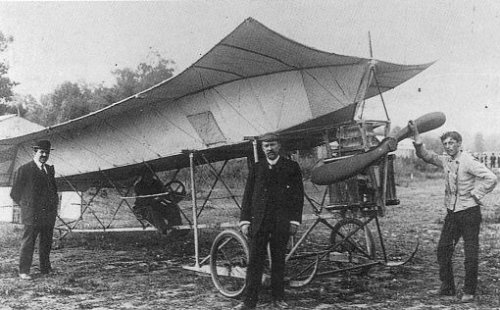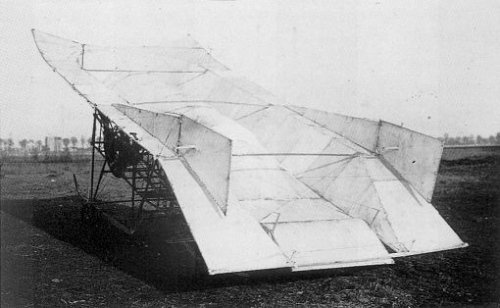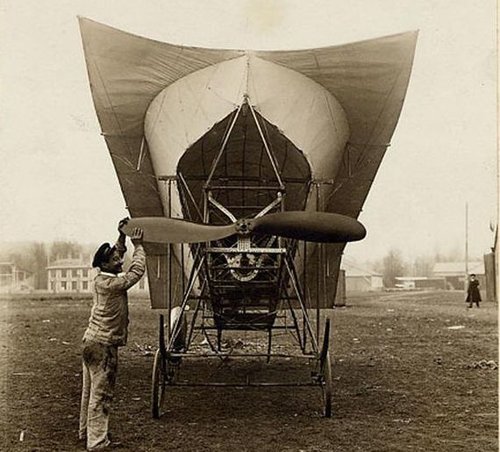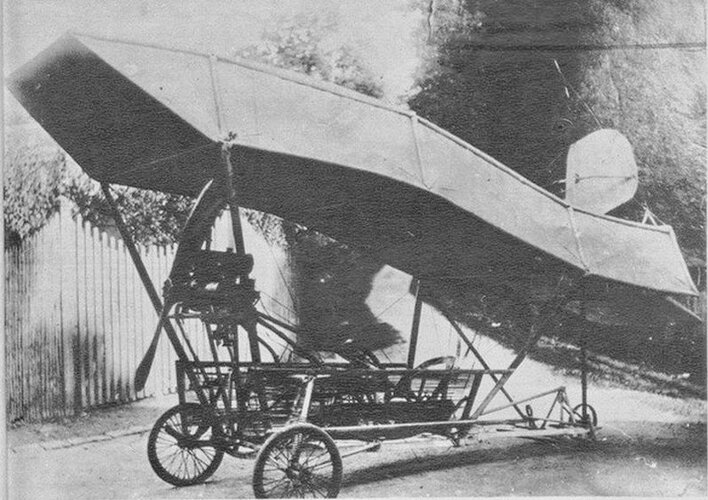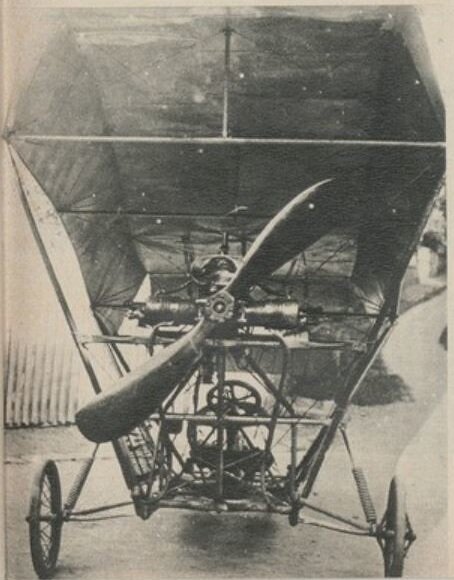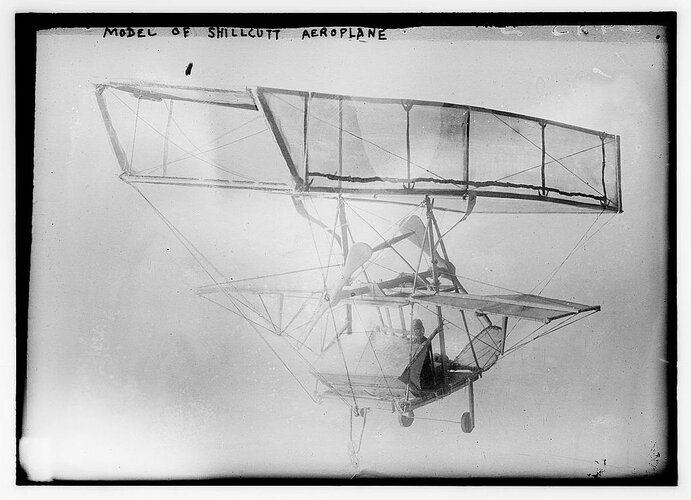- Joined
- 25 June 2009
- Messages
- 14,108
- Reaction score
- 4,239
Caption for picture 1 (translated from Aero Journal):
Additional info and pics from French Aeroplanes Before the Great War (Schiffer) via the Russian Their Flying Machines website:
This photo shows the strange contraption conceived by Arthur and Georges Gonnel, an "aerian" teted in March 1911 in Juvisy. The pilot Pappaert did not own an official flying license. He didn't manage to take off and that was the end of it... The "uniplan" had a 3.20 m wingspan, was 7 m long and and 3.33 m high. Wing area was 34 sq. m. It weighed approximately 300 kg when fully loaded. Built around an uncovered twin-boom fuselage directly connected to a kite-type wing by V-shaped tubes, and powered by a 28 hp 2-cylinder Velox-Suère engine, the aircraft was subsequently heavily modified: the photo represents it with a new fuselage and a 50 hp Velox-Suère engine with 4 staggered cylinders.
Additional info and pics from French Aeroplanes Before the Great War (Schiffer) via the Russian Their Flying Machines website:
This strange design by Arthur and Georges Gonnel was completed and tested by Pappaert at Juvisy in March 1911; it is unlikely to have flown. A square-sectioned uncovered fuselage sat on 2 wheels; the engine was set inside just over the wheels and drove a tractor propeller through a shaft. Above the fuselage, extending its whole length and about as wide, was a long covered boxlike frame, with fabric-covered extensions down each side, making rudimentary wings or fins. The underside of the box was left open, in which the air stream was to "induce a lifting reaction which ought to make it fly."
The machine was to be operated from roads: it was named Uniplan.
(Span: 3.2 m; length: 7 m; height: 3.33 m; wing area: 34 sqm; gross weight: c 300 kg; 30 hp Velox Suer)


